How To Waterproof Plywood: Top 5 Best Methods (2024)
How To Waterproof Plywood?
Despite common misconceptions, Plywood is not waterproof and will require treatment before installation. Waterproofing plywood is essential if you intend to use it for outdoor projects or in areas with high moisture. By properly waterproofing your plywood, you can extend its lifespan, reduce the risk of rot, and maintain its natural wood aesthetics for longer periods of time. However, it is important to note, when waterproofing plywood its important that all edges are sealed.
The most common ways of waterproofing plywood include treating the wood with epoxy, waterproof glue sealant, or polyurethane prior to installation. However, there are plenty of other waterproofing options and we have them for you right here. If you wish to learn more about the nature of plywood or the uses of plywood, then read through our ultimate plywood guide to answer all your questions!
The best methods and materials to waterproof plywood are:
NEED BUILDING SUPPLIES?
No stress, we're here to help. Fill out the form below for a free quote and consultation with our experts.
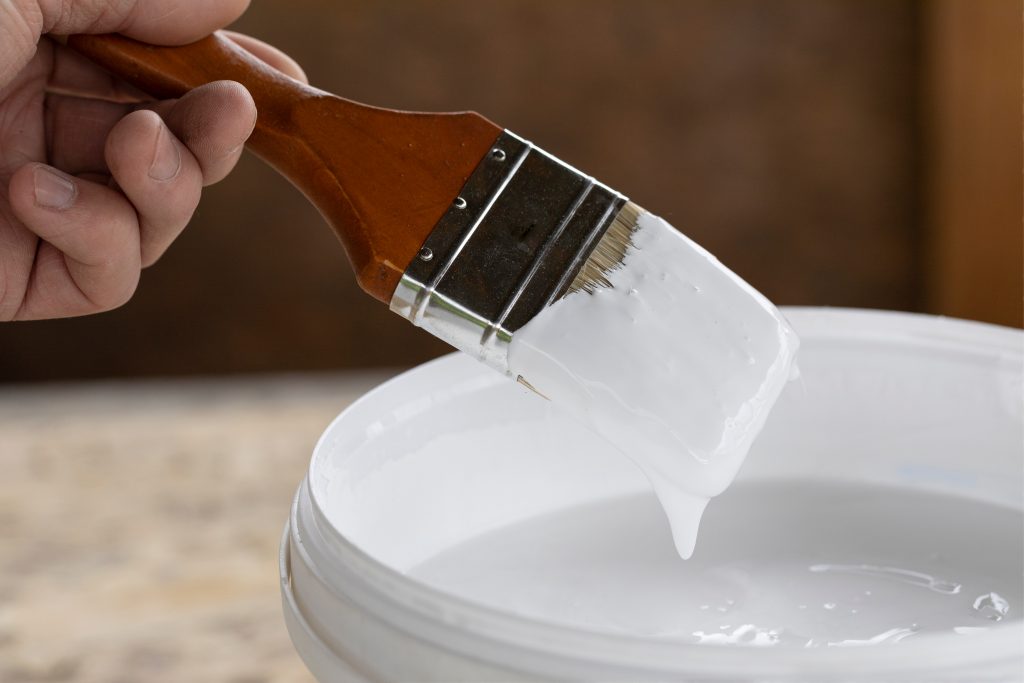
1. Latex Paint
Although not the most durable option, a widely employed method to waterproof plywood is the application of water-resistant paints, such as latex paint varnishes.
Through painting over plywood, latex paint creates a protective layer on the surface; preventing moisture from seeping into the wood. There are also both indoor and outdoor latex paints available so you can find the right paint varnish to compliment your plywood project. Using this particular plywood treatment method can help improve the aesthetics of your plywood materials, enhancing the natural grain of the wood.
Latex paint is also known for its flexibility, quick drying time, resistance to UV damage, and ease of use. There is also the added benefit of termite proofing as an application that is resistant.
In short, this method of waterproofing plywood is a solid option for those looking to construct simple indoor and outdoor structures.
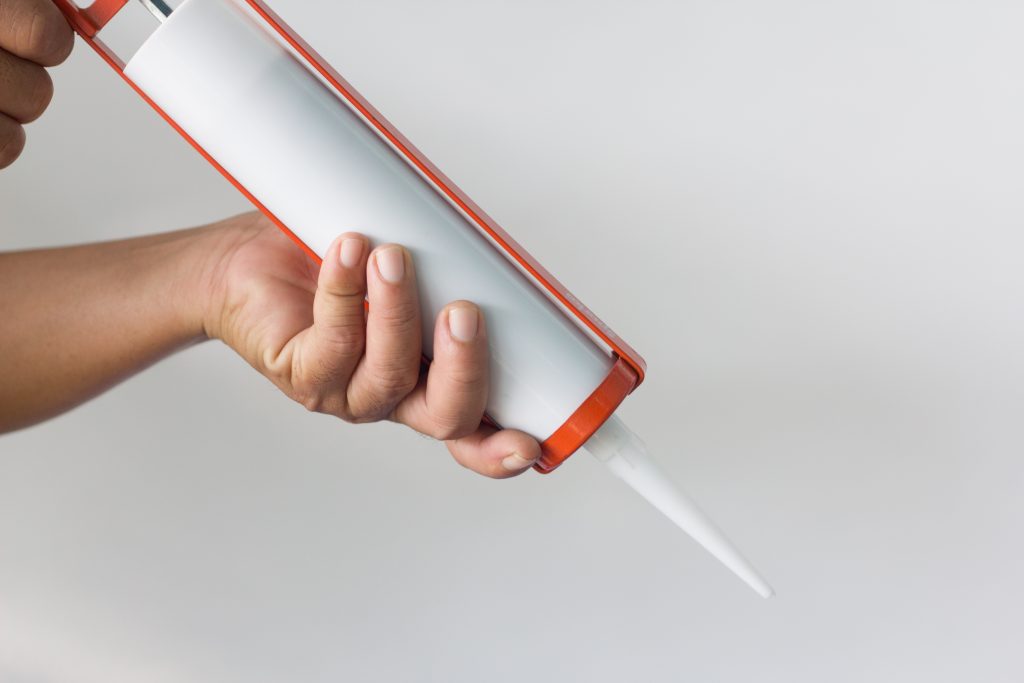
2. Glue Sealant
The most durable and effective option to waterproof plywood is by applying Type-A waterproof glue sealant. Most reputable plywood suppliers will already adopt this approach and as such, it is the type of sealant you will find on marine and heavy-duty plywood.
Type-A Glue sealant is a versatile adhesive that’s been designed specifically to bond with and seal a wide range of materials, including wood and wood composites. In addition, plywood that has the A Bond glue is waterproof provided it’s sealed correctly.
Type-A Glue Sealant also provides a moisture-resistant barrier, which ensures that your plywood remains dry and undamaged.
Unlike latex paint, Type-A glue sealant fills deep into the pores of the plywood, in order to prevent water intrusion. This deeper application makes for a much longer-lasting waterproof treatment. As glue sealants are so effective and specially designed for heavy-duty waterproofing, however, this plywood treatment also happens to be one of the more expensive options on this list.
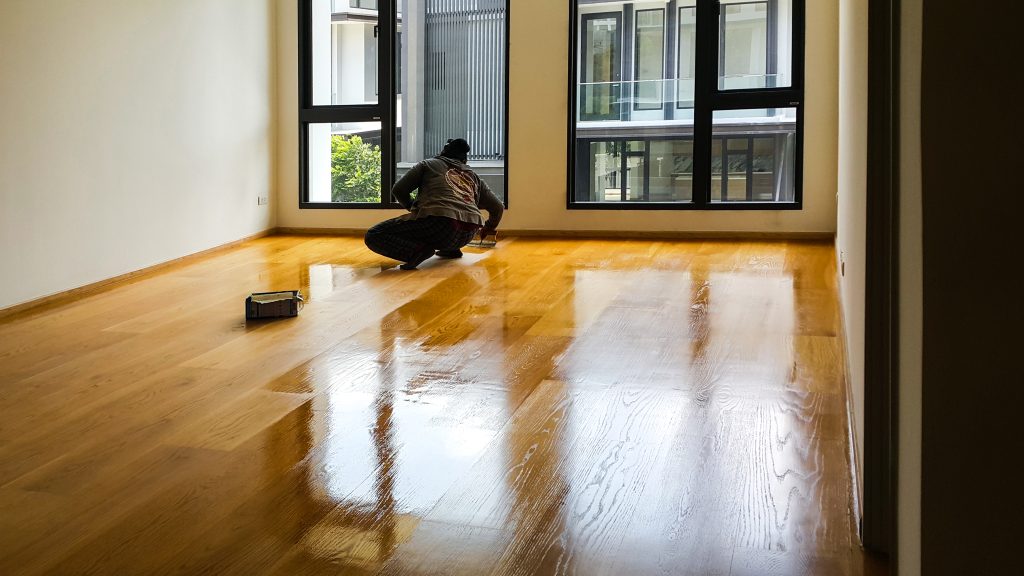
3. Polyurethane
Another way on how to waterproof plywood would be to use Polyurethane as a finish. Polyurethane is a polymer compound that is applied as a protective finish over wood surfaces across multiple applications.
This plywood treatment is particularly renowned for its tough, water-resistant properties. Polyurethane also comes in both oil-based and water-based variants, so you can select between a thicker or thinner coat respectively. In addition, there are also a range of finishes to choose from (i.e matte, semi-gloss and high-gloss) which provides additional flexibility on the look and design of your final product.
When applied to plywood, polyurethane coating forms a clear or pigmented film that protects the wood from moisture and wear but does not get deep into the pores of the wood like a Type-A glue sealant.
Because of this, polyurethane is best used to combat moisture rather than repelling direct water exposure.
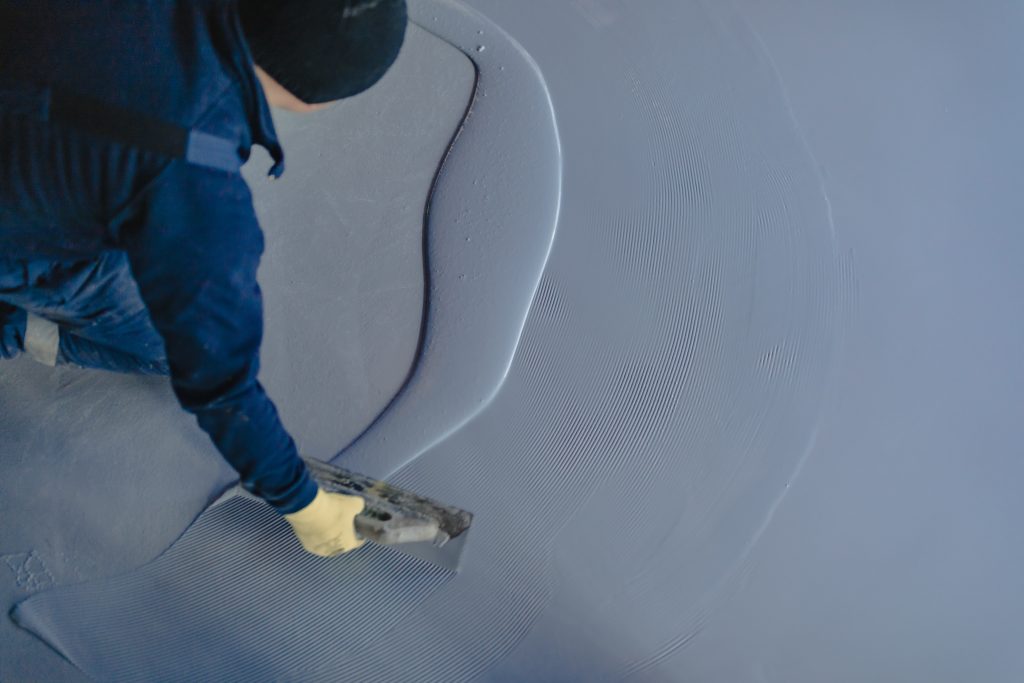
4. Epoxy
Similarly to Polyurethane, epoxy also forms a highly durable coating over your plywood materials. Epoxy is a thermosetting resin that, when mixed with a hardener, is well-known for its strong adhesive properties. As such, this makes it ideal for binding materials as well as waterproofing.
The impervious nature of epoxy coatings ensures that plywood remains unaffected by prolonged moisture exposure. And just like polyurethane, there are a range of finishes to choose from when working with epoxy as well.
However, despite its benefits in covering plywood with a waterproof coating, it is still inferior in waterproofing performance to Type-A glue sealant and will thus, require multiple coatings to ensure that all surfaces of your plywood materials are sealed.
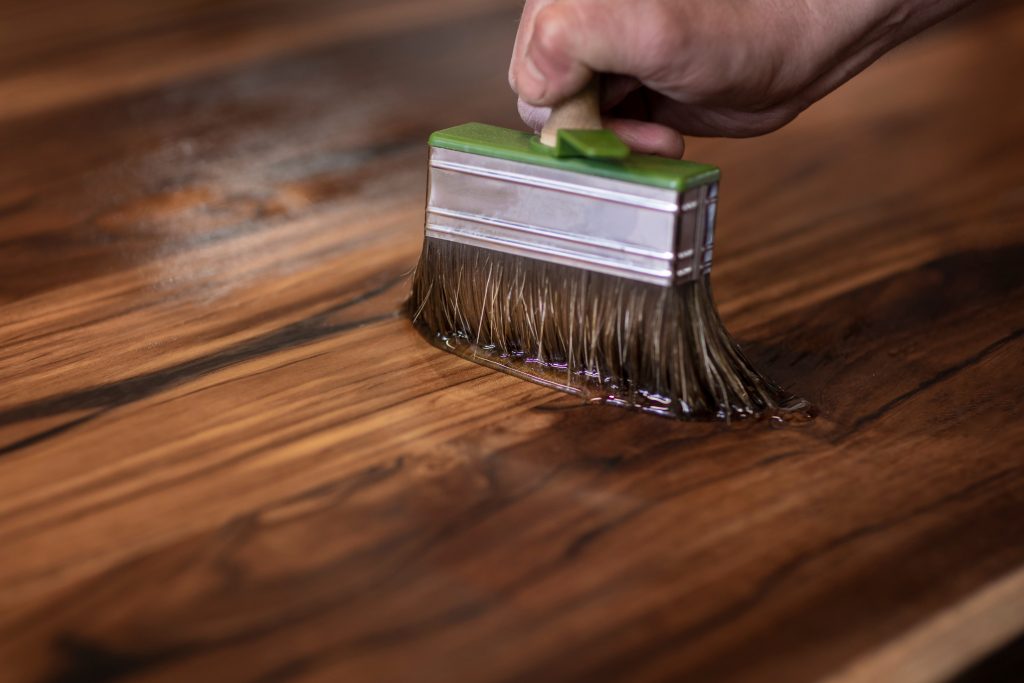
5. Wood Oils
Last but not least, wood oils are a great option when waterproofing plywood for indoor projects.
Derived from various plants or nuts, wood oils penetrate deep into the fibres of your plywood, enhancing its natural beauty while providing a water-resistant coating.
Natural wood oils also nourish your plywood from within, which makes this particular treatment option ideal for those working on wood restoration projects. Commonly used natural-origin wood oils include linseed and tung oil, which not only nourish the wood; but also protect it both decay and the harmful effects of moisture over the long term.
Although not suitable for outdoor projects that are exposed to heavy rain, wood oils are a professional finish for any indoor projects that could be exposed to light moisture. In short, wood oil provides a natural way to waterproof your plywood.
The Final Word On How To Waterproof Plywood?
Whilst there are other methods for waterproofing plywood such as polymeric systems that use multiple formulas, any of these treatments above are also tried and tested. For applications that will be exposed to heavy moisture, Type-A glue sealant will always be the most durable. However, for small indoor projects you can also opt for cheaper solutions such as wood oils or latex paint which will also provide flexibility over the final finish.
If you’re looking for plywood supplies that use best-in-class waterproofing solutions, contact us today or speak to our experts today by calling (03) 8353 2222 or by completing the contact form. We would be more than happy to walk you through your options and can recommend the best type of plywood for your project too.
NEED BUILDING SUPPLIES?
No stress, we're here to help. Fill out the form below for a free quote and consultation with our experts.

